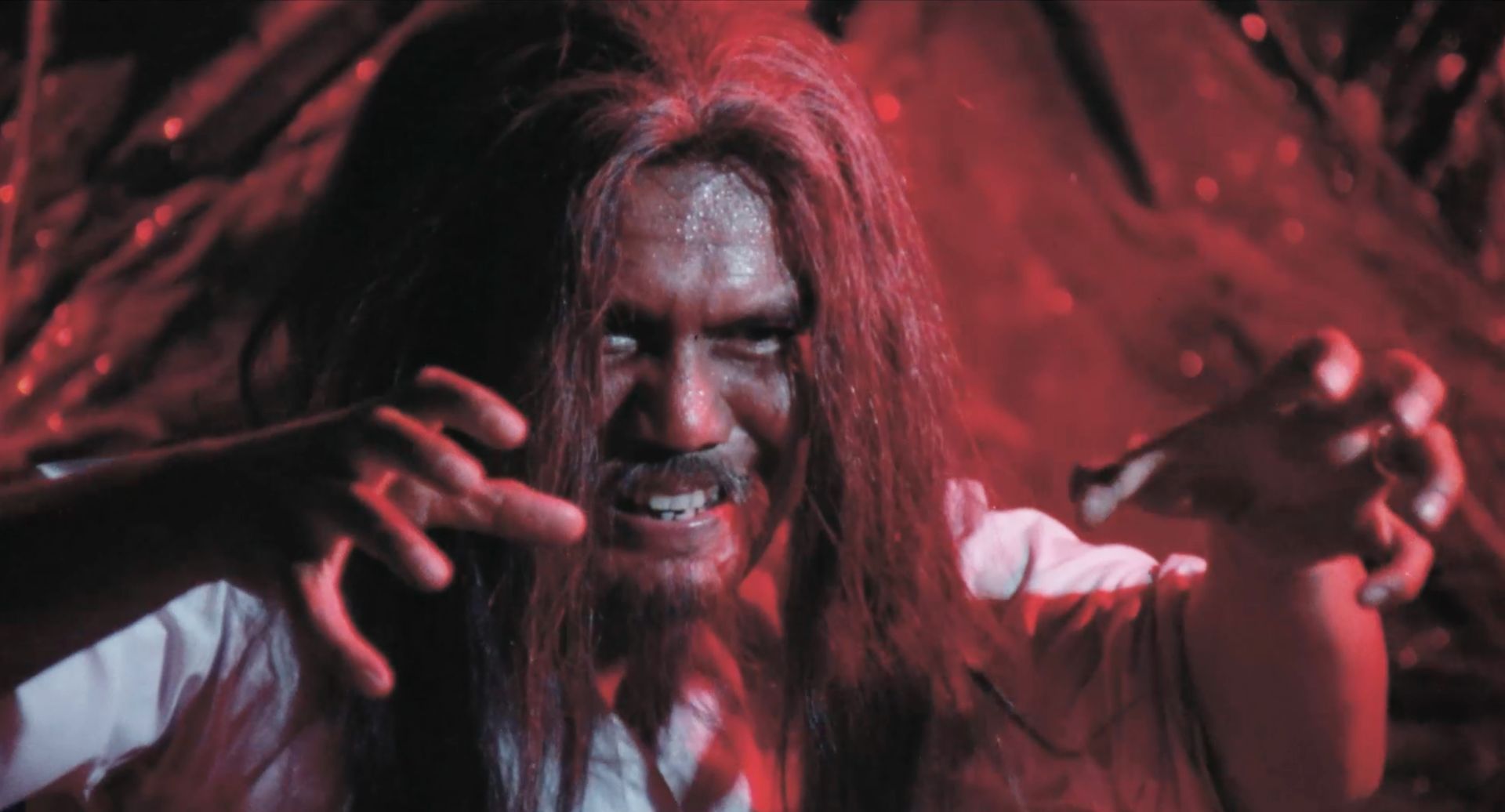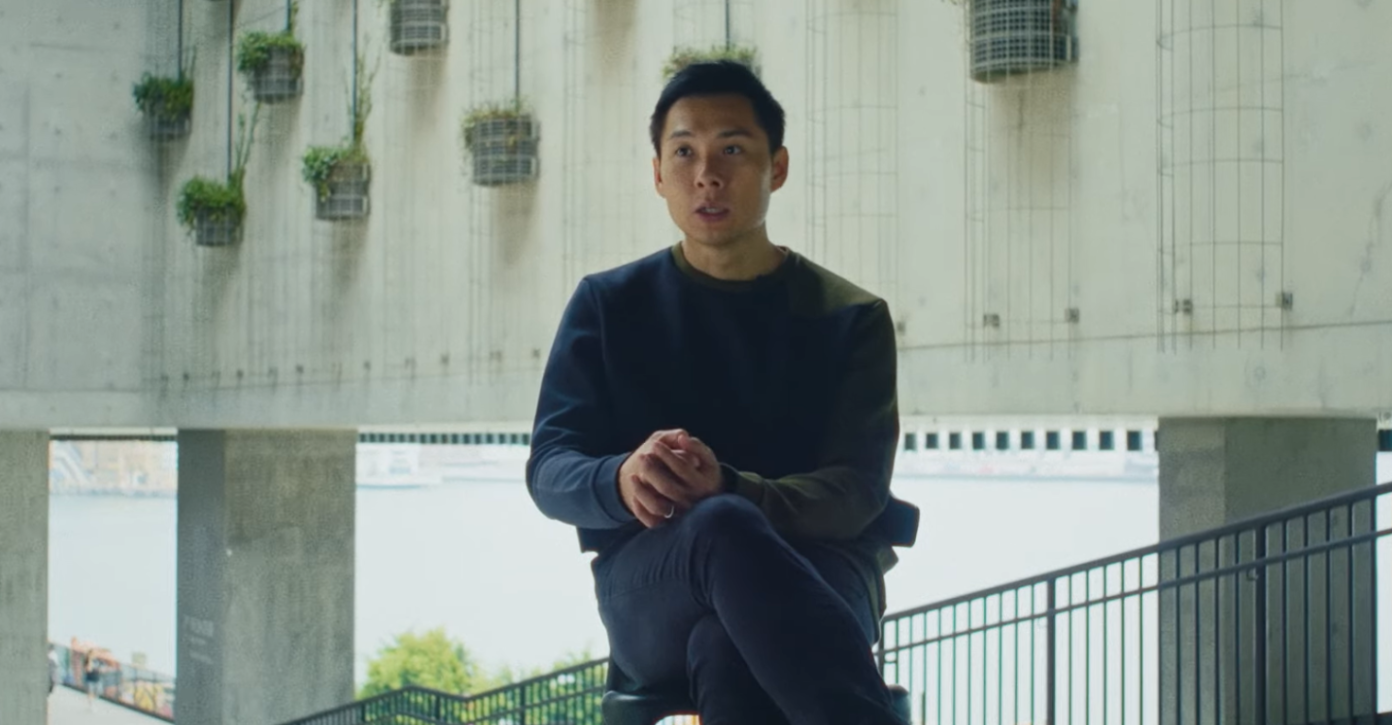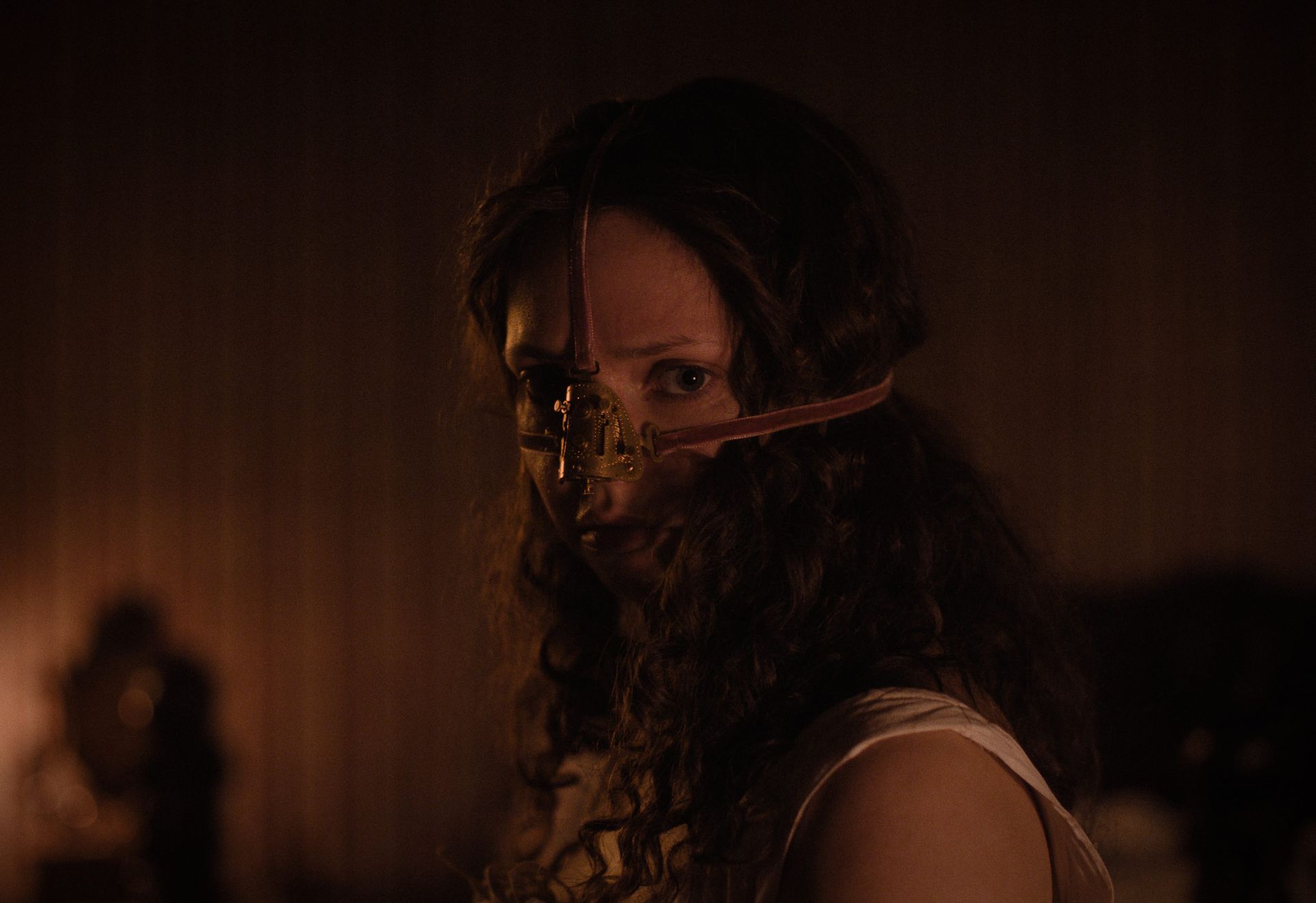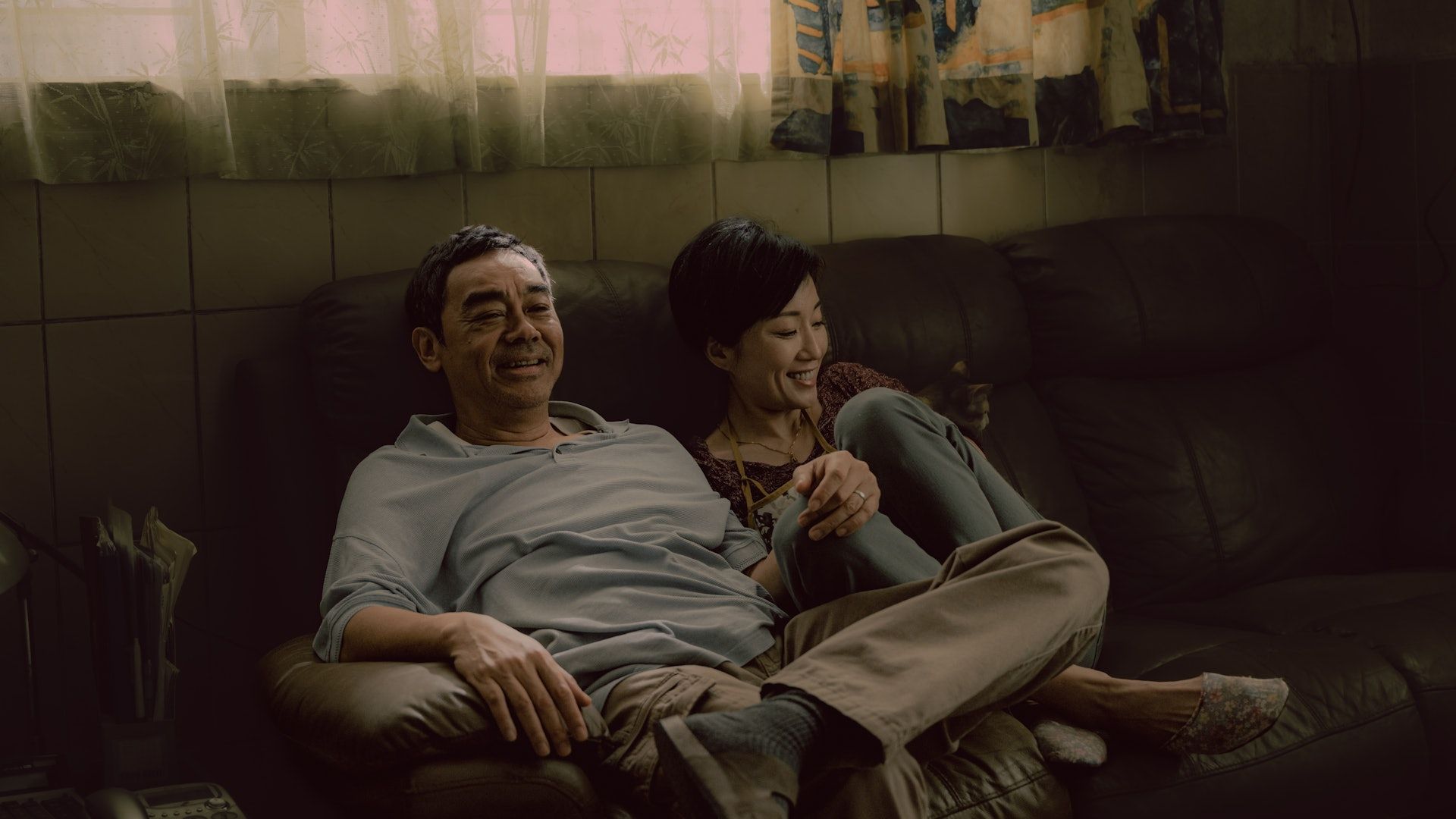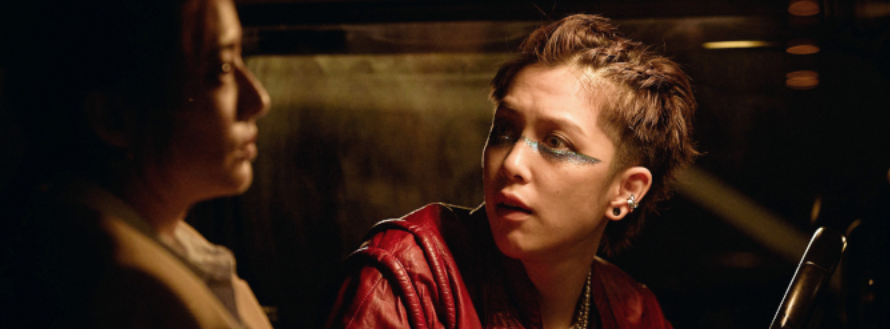Film Review #175: The Wild Robot (Extended Review)
Film Review #175: THE WILD ROBOT
The Triumph of the Last DreamWorks Animated Film
(The Extended Review)

The Wild Robot (2024) ought to be DreamWorks Animation’s (DWA) renewal of its longstanding cinematic legacy. It ought to be a triumph of technical and creative achievement. And taken in isolation, it is exactly that - a new staple piece from one of the penultimate bastions of animation excellence, a studio known for continuously reinventing itself and telling bold, unique and increasingly risky stories in ways we can’t expect its Mouse-themed competitor to attempt.
However, instead of a triumph, this film is a beautiful but tragic march to the gallows for the once-revered studio; a last will and testament slipped quietly to loving relatives before its beheading at sundown; the final meal of a legend of animated cinema.
This is the last DreamWorks Animation feature film.
“That can’t be right!” I hear you say. “There are so many DreamWorks films coming out in the next few years! Have they all been cancelled? Didn’t they announce Shrek 5 a while ago?”
Well yes, those films are being made. But they aren’t being made at DreamWorks.
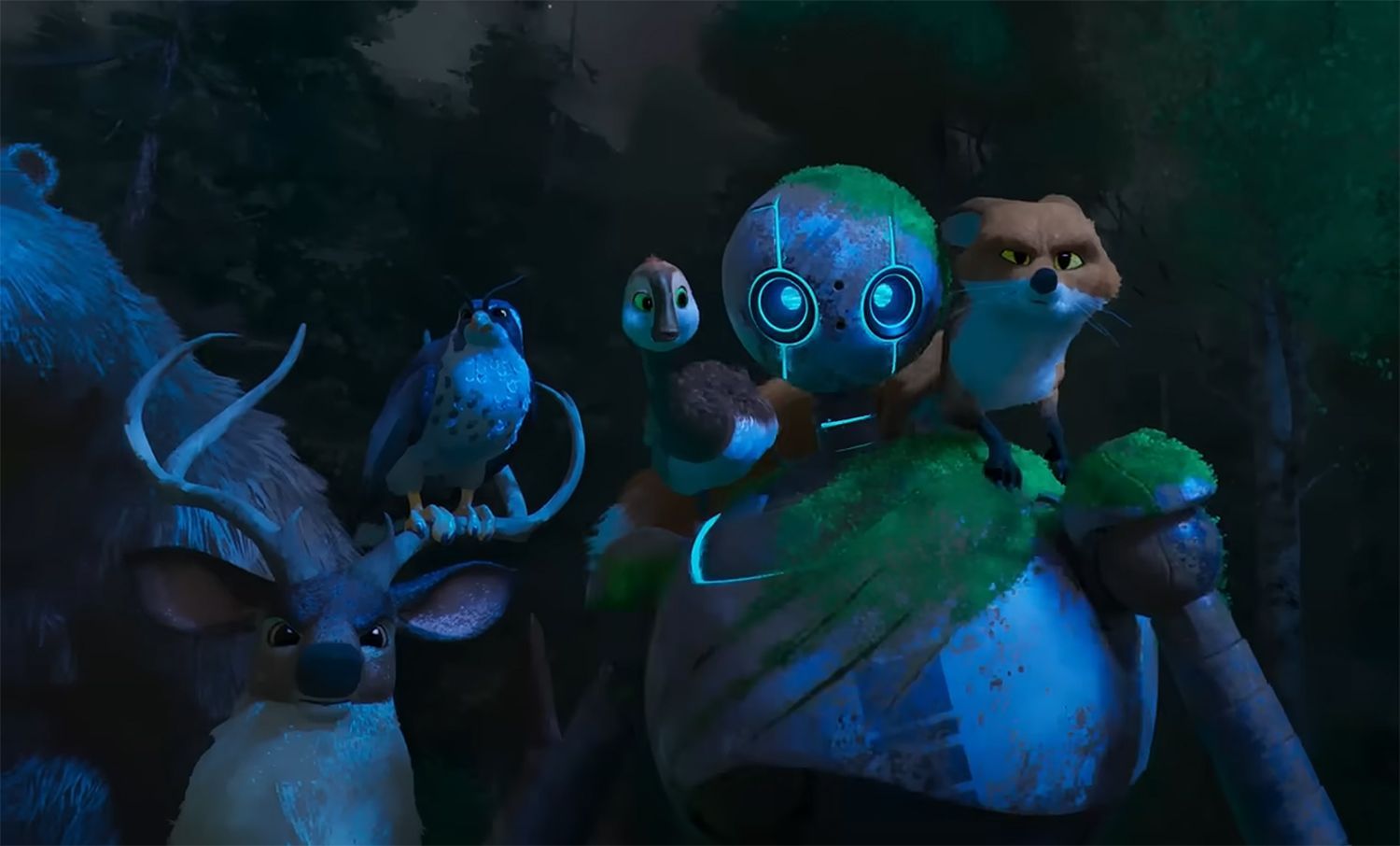
The tragedy of the DWA’s effective decommissioning was its silence. It was engineered to raise as little noise as possible, executed progressively but consistently over the past decade. The leadership of DWA has been moving the studio away from developing films in-house, choosing instead to rely increasingly on external studios to make their movies. This began by engaging studios to assist in the production and animation of films that had already been conceived, written, designed and partially animated by in-house artists. It eventually evolved to entire films designed and created outside of DWA, with in-house artists serving merely as consultants to the main operation overseas.
This change was appealing to the studio’s ownership because it effectively transitioned the studio’s business model to leasing their library of existing IPs. Executives could therefore profit from the work made by DWA artists in the past, repackaging them for other studios to rent instead of taking risks on developing IPs of their own. From their perspective, the movies still get made, audiences still see them, and nobody knows the difference.
Admittedly, the harbingers of doom for DWA appeared long before the unexpected announcement of The Wild Robot in September 2023. At that time, the Animation industry was experiencing severe contractions after a rapid over-expansion during the COVID pandemic. With live-action productions ground suddenly to a halt, the animation world became fully remote, supplying Hollywood with a desperately-needed supply of new entertainment in the middle of a deadly industry drought.
But once pandemic protocols were unshackled, the contributions made by animators were swept aside, with every major studio announcing significant reductions in manpower. Netflix, who funneled hundreds of millions of dollars into its brand-new animation division during the pandemic, was now dramatically downsized, shelving dozens of mid-production and in-development projects, and laying off hundreds of workers.
The news was no better at DWA, who abandoned its long-standing commitment to developing a mixture of original films alongside sequels for existing IPs. Reacting to a slew of underperforming original DreamWorks films, the studio cancelled all future plans to develop them, pivoting instead to exclusively greenlighting sequels for the foreseeable future. Shortly after this, they announced the significant restructuring of their business.
It is therefore in the context of a post-COVID hurricane of compounding calamities that a small ray of light appeared in September 2023 when plans for The Wild Robot were unveiled. In the midst of DreamWorks shelving all plans for future original films, a new IP appeared, admittedly adapted from a successful children’s book series, but a non-sequel nonetheless. With the threat of retrenchment looming over the heads of the studios most longstanding and loyal employees, a DreamWorks icon returned – director Chris Sanders. Known for developing such films as Disney’s
Aladdin (1992),
Mulan (1998), and as the creator of Lilo and Stitch (2002), Sanders had since ditched the House of Mouse to become a leading voice at DreamWorks, helming films that were spun off into successful franchises, such as the iconic How To Train Your Dragon series and The Croods.
The film’s announcement flew in the face of the current trend, but rather than a possible sign of things to come, it was delivered with its own death warrant attached. Together with this almost too-good-to-be-true announcement came the news - this was the last film DWA would develop entirely in-house.
Before I go any further, I feel it is necessary to reiterate the severity of DWA’s decision to move away from making films as their primary business model. Studios like Netflix began by leasing titles from other studios, and eventually developed a capacity large enough to develop titles in-house. What DWA is doing is essentially the opposite, prioritising financial profitability and stability over the core purpose of the company. I consider this to be a new height of brazenness on display by Hollywood’s bankers. It is one thing to squeeze a company’s margins in the pursuit of maximum profit, but it is something else altogether to completely overhaul a company’s existence to pursue a shiny new form of profit.

That brings me back to how The Wild Robot ought to have been a triumphant moment for DWA. A studio that has fought consistently to redefine itself and entertain new generations with ever-changing tools and technology, re-teaming with a legendary Animation director to deliver a film evocative of such classics as Bambi (1942), Wall-E (2008), and The Iron Giant (1999). And yet, this utterly beautiful film was marked with tragedy from the very beginning.
Strangely, this troubled origin finds itself echoed throughout the film’s narrative. Brightbill is an orphan goose who finds himself adopted by Roz, a misplaced home assistant robot unwittingly responsible for the death of Brightbill’s family. Taking on the responsibility of raising and preparing the gosling for his impending winter migration, Roz finds her programming perpetually at odds with the forces of nature.
Brightbill, as it turns out, was born the runt of the litter, and was never expected to survive in the unforgiving wilderness. As their migration draws near, a wise, older goose takes him aside and informs him that:
“The accident that killed your family, saved you.”
Delivered in glorious baritone by the great Bill Nighy, those words serve to colour the otherwise-triumphant scene with a potent dose of melancholy, as the young Brightbill is hit with the magnitude of Roz’s parental achievement. As Nighy puts it more succinctly, “funny how life works.” The deaths of his family members, for which he once resented Roz, paved the way for his survival.
What follows is a sight to behold. A scene of geese taking flight in vast numbers, embarking on their winter migration alone is worth the price of theatre admission, aided in no small part by a resounding score from Kris Bowers, who commands a delightfully tear-jerking orchestral palette capable of soaring to heights rivalling that of DWA’s Head of Film Music and regular composer, Hans Zimmer. The film’s sonic quality and visual splendor are reasons to see it in the best environment you can.
I can’t speculate as to what effect the impending closure of DWA had on the story team of The Wild Robot, but the fact remains that both Brightbill and this film were marked with tragedy at birth, and both have risen from tragic roots to soar on their own wings. The film succeeds in delivering an utterly premium level of family entertainment, utilising the latest advancements in 3D Non-Photorealistic Rendering (NPR) techniques to mimic the organic qualities of traditional brushstrokes, oil paint and gouache techniques. Popularised by the success of Into The Spider-Verse (2018), these techniques have since revolutionized the Animated medium, bringing it full circle since the inception of CG Animation some 3 decades ago. Digital artists no longer chase photorealistic perfection, and are once again transfixed with the art of the pre-digital age.
In many ways,
The Wild Robot was an unexpected hurrah, a final moment of shining herodom in an industry that seems to be slinking slowly but surely into the night, leaving in its wake a market that constantly surpasses its own limits of family-friendly oversaturation. As it stands, this film captures DreamWorks at the height of its powers, before its reign was cut short by profit-fetishizing fiends.
Every animated film is a bit like a twinkling star in the night sky, they take so much time to produce that the forces that set them in motion might have long fizzled out before the public ever lays eyes on them. For those of us who grew up with the animation of the 90’s-early 2000’s, this film will feel instantly familiar - bearing many of the same sensibilities as some of our childhood favourites. In many ways, it feels like a mini-revival of the quality of that era, scratching an itch that many of us have not been able to fully satisfy for some time. Comforting, entertaining, and quietly contemplative, The Wild Robot is a tragic but ultimately triumphant conclusion to what has been a tumultuous but truly historic era of DreamWorks Animation, and is worth the watch for anybody who harbours nostalgia for the animated movies of our childhood.
------------------------
About the author: Mark’s earliest memories revolve around the television set where, unbeknownst to him, he was beginning a lifelong obsession with Cinema. Hooked on the thrill of watching time and space warped before his eyes, he is committed to showing up at the movies, in whatever form it may be.
This review is published as part of *SCAPE’s Film Critics Lab: A Writing Mentorship Programme, with support from Singapore Film Society.



